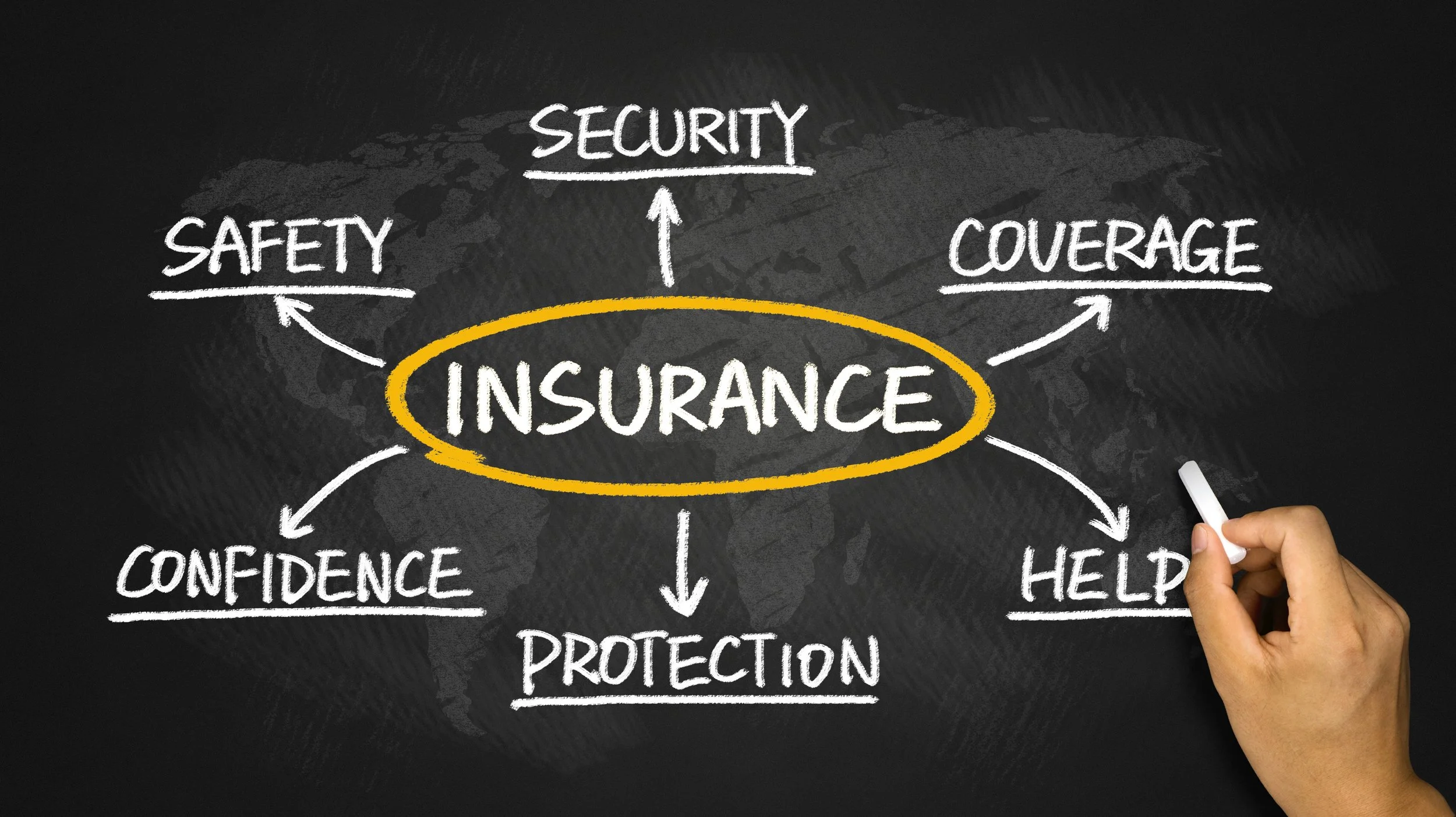Equipment insurance is an essential aspect of equipment financing that helps protect the financial interests of both the lender and the borrower. It involves getting insurance coverage for the financed equipment to mitigate potential risks and losses. Here's everything you need to know about equipment insurance as it relates to equipment financing:
Purpose of Equipment Insurance:
a. Risk Mitigation: Equipment insurance protects against risks and hazards that may damage or destroy the financed equipment, such as theft, fire, natural disasters, vandalism, or accidents.
b. Asset Protection: Insurance coverage guarantees that the value of the equipment is safeguarded, allowing the lender to recover their investment in case of loss or damage.
c. Compliance Requirements: Lenders often require borrowers to carry adequate insurance coverage on financed equipment as a condition of the financing agreement.
Types of Equipment Insurance:
a. Property Insurance: This type of insurance covers the physical loss or damage to the equipment caused by perils such as fire, theft, vandalism, or natural disasters.
b. General Liability Insurance: General liability insurance provides coverage for third-party bodily injury or property damage that may arise from using or operating the financed equipment.
c. Business Interruption Insurance: Business interruption insurance compensates for lost income or additional expenses incurred when the financed equipment is out of operation due to a covered event.
d. Equipment Breakdown Insurance: Equipment breakdown insurance covers the cost of repairs or replacement due to mechanical or electrical breakdowns, including damage caused by power surges, mechanical failures, or operator errors.
e. Inland Marine Insurance: Inland marine insurance provides coverage for the equipment during transportation, including loading and unloading, to protect against damage or loss while in transit.
Insurance Coverage Considerations:
a. Coverage Limits: Determine the appropriate coverage limits based on the financed equipment's value and potential replacement cost.
b. Deductibles: Evaluate the deductible amount, the portion of the loss the insured party is responsible for paying before the insurance coverage kicks in.
c. Exclusions and Limitations: Understand the specific exclusions and limitations of the insurance policy, such as particular risks or usage restrictions, to ensure adequate coverage.
d. Additional Insured: Consider whether the lender or lessor needs to be added as an additional insured on the insurance policy to protect their financial interest in the equipment.
Insurance Provider Selection:
a. Insurance Expertise: Choose a solvent insurance provider with experience and expertise in equipment insurance to ensure proper coverage and claims handling.
b. Competitive Quotes: Obtain quotes from multiple insurance providers to compare coverage options, premiums, deductibles, and terms to secure the most suitable insurance coverage at a competitive price.
c. Review Policy Terms: Carefully review the terms and conditions of the insurance policy, including coverage details, exclusions, endorsements, and cancellation provisions, to ensure they align with the specific financing requirements.
Proof of Insurance:
Borrowers are typically required to provide proof of insurance coverage to the lender or lessor as part of the financing agreement. This may include providing a certificate of insurance or other documentation that verifies the existence and adequacy of insurance coverage.
Proper equipment insurance coverage is critical for lenders and borrowers in equipment financing transactions. It helps shield the financial interests of all parties involved and provides peace of mind by mitigating the risks associated with equipment ownership and usage. By selecting the right insurance coverage, businesses can minimize potential financial losses and ensure the continuity of their operations in the event of unexpected events or accidents.
